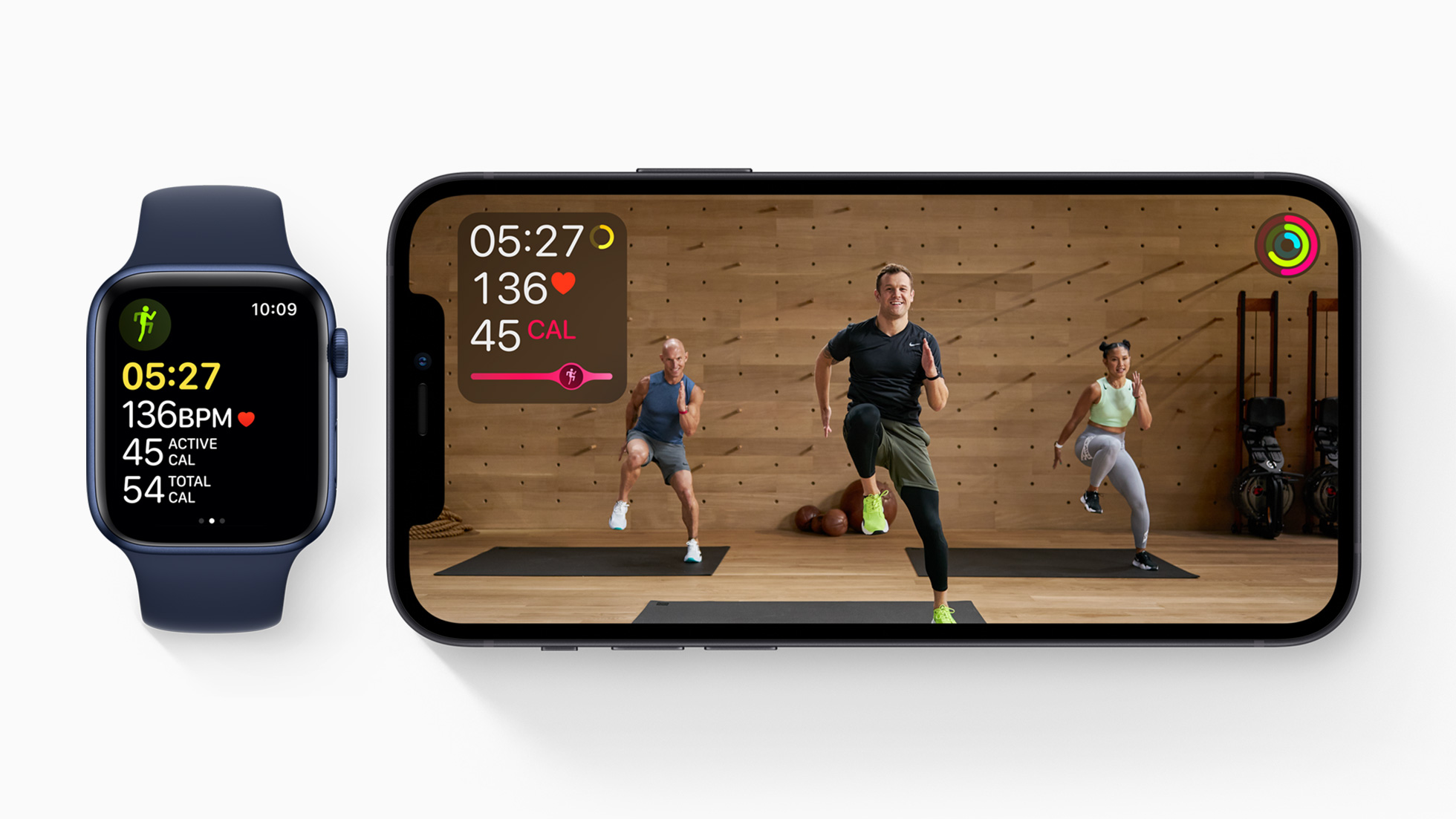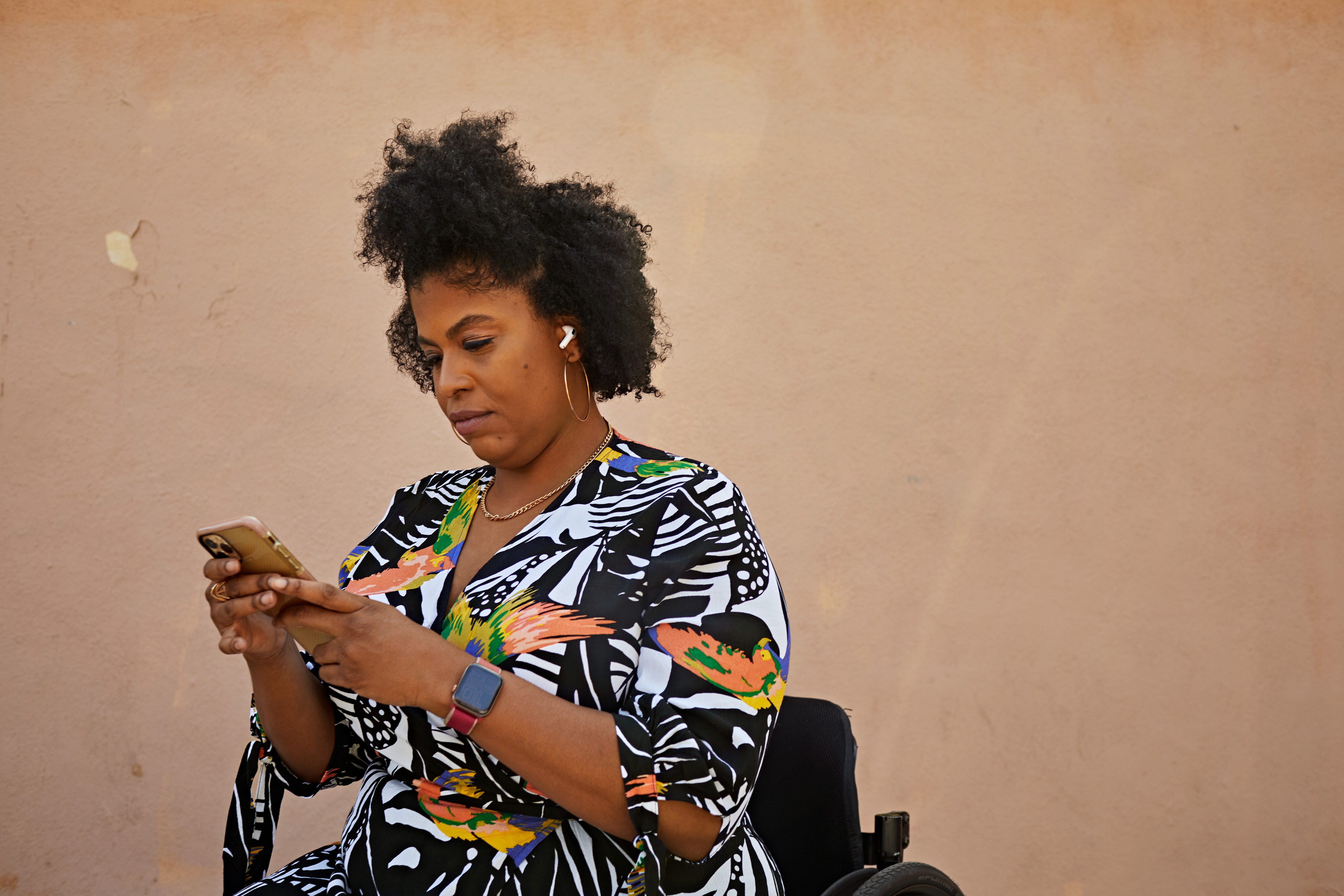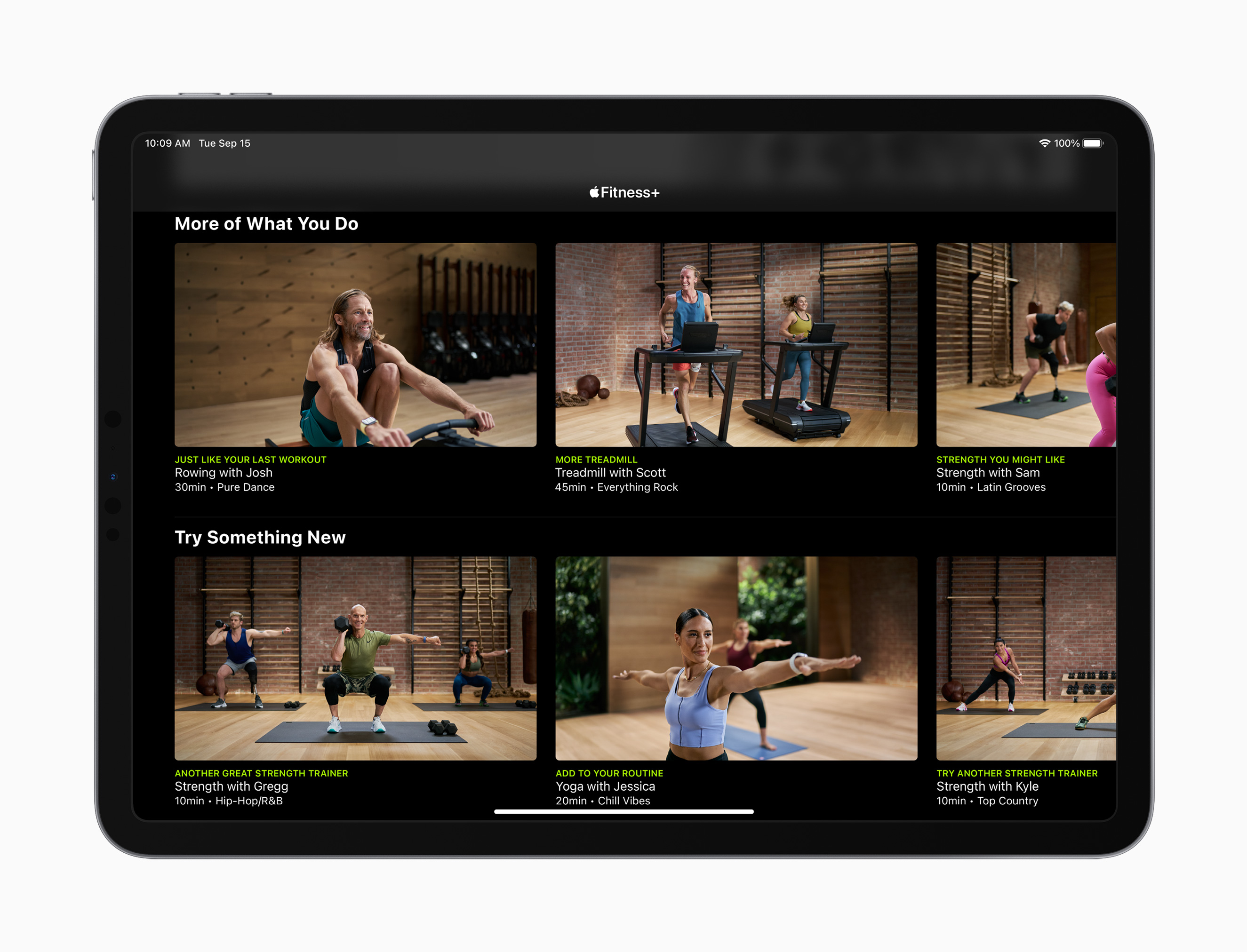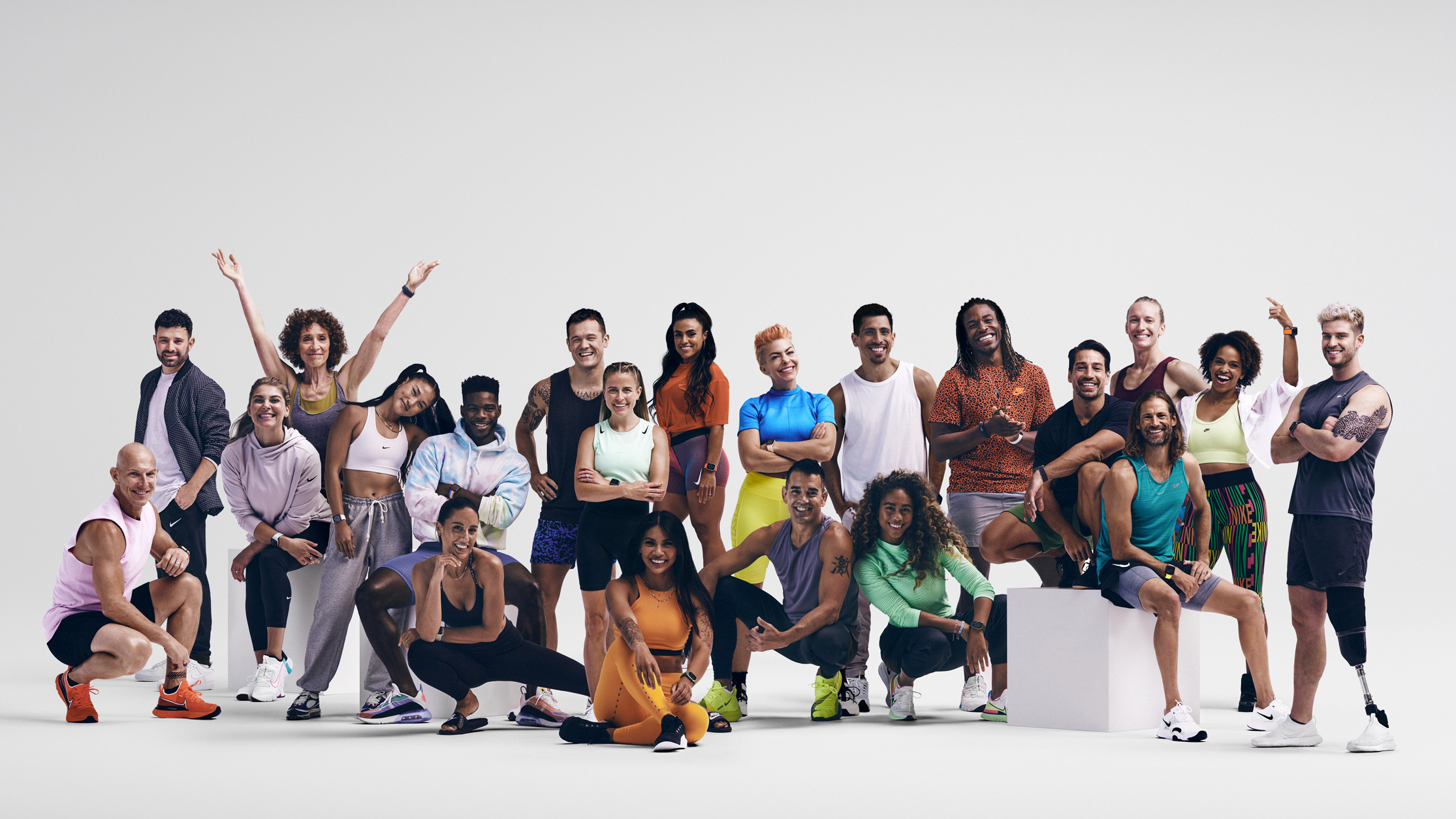By Joel Dembe
How healthy are you feeling?
As we look forward to welcoming 2021, it’s the perfect time to kick-start your New Year’s Resolutions and get your health back on track.
There is no-shortage of in-home exercise equipment and services that have gained popularity, with devices like Mirror and Peloton taking home fitness to a new level during the pandemic. Yet, for those requiring accessibility, the options usually remain limited and, for the most part, uninspiring.
Thankfully, Apple has decided to take accessibility and health more seriously.
The newly-released Apple Watch Series 6 (and Apple Watch SE) offers a compelling and inclusive choice for anyone wanting to prioritize their health and wellbeing. I recently shared my thoughts on my new Apple Watch with readers of Abilities Magazine and came away very impressed. For wheelchair users on the go, it’s a terrific companion device.
Since my initial review, however, I’ve started using the cellular version, which allows me to make calls, send text messages and listen to music without even needing my iPhone. I’m also using the Apple Maps app, where I can receive haptic feedback-directions that gently ‘tap’ me on the wrist to invite me to turn left or right while I push my wheelchair at the same time. Paired with AirPod Pros, the app also offers an even better experience for those requiring additional assistive features, offering a number of hearing and vision accessibility options depending on your requirements.

Fitness for all
Apple releases its new Fitness+ service on December 14th, which further enhances the use of my Apple Watch. The service offers immersive video workouts (using an Apple TV, iPad or iPhone) with a variety of world-class fitness trainers, including a former linebacker who happens to use a prosthetic leg.
While wearing the Apple Watch, I can monitor my workouts in interactive real-time while also listening to my favourite music playlist. The service launched with 10 of the most popular workout types, including High Intensity Interval Training (HIIT), Strength, Yoga, Dance, Core, Cycling, Treadmill (for running and walking), Rowing, and Mindful Cooldown.
The service is $12.99 CAD per month or $99.99 CAD a year. And, those who purchase a new Apple Watch, the first three months of the service are free.
One of the best and most adaptive features of the Fitness+ service is that it’s equipment agnostic, meaning you don’t need inaccessible -or pricey- fitness gear to start your workout routines. For Apple, this inclusive approach to fitness has been core to its thinking all along.
In the lead-up to next week’s Fitness+ launch, I’ve learned a bit more on how Apple is evolving fitness for all abilities. It’s been nearly six years since the initial launch of the Apple Watch, with each new version offering incremental health features, including the new electrocardium and oxygen monitor. However, as it relates to fitness, Apple has had a simple mantra: To get people to sit less, move more and get exercise.
While the Apple Watch can be used for so many things beyond its health features, the exercise and activity apps (Apple Fitness) have become the most widely-used among device owners.
Apple Fitness uses “activity rings” on the watch to display daily physical activity. The goal each day is to close the move, exercise and stand (in my case “roll”) rings. To keep you motivated, there are awards, personalized coaching notifications and fitness competitions that you can enable with your friends. This ‘social feature’ of the watch might just be the most compelling, especially given how many fitness classes and centres will remain off-limits for the time being.
As someone who thrives on competition and working out with friends, this has easily become my favourite feature. Closing activity rings, in tandem with friendly reminders and virtual competitions, creates a healthy and habit-forming experience.
Best of all? Those Apple’s fitness competitions are not dependent on a person’s physical abilities. That’s because everyone burns calories differently, Apple Fitness is not about who burns the most calories or covers the most distance. It’s about the percentage of rings closed. It levels the playing field for anyone.
In theory, this means an able-bodied body-builder could lose a competition to a friend who uses crutches – or a wheelchair. Given my previous experience as a wheelchair tennis athlete, this was fantastic news. I initially became enamoured with wheelchair tennis because it was one of the sports I could play against able-bodied family and friends. I now get a similar feeling using the Apple Fitness app.

Think different
The Apple Watch offers a variety of workout options, including cycling, dancing or elliptical training. If you’re a wheelchair user, you can access the “wheelchair” workout and set it to a walking or running pace. I found several workout options that I used on my own adaptive equipment, including hand-cycling and functional strength training.
After two months of using the Apple Watch, earning different rewards, including a perfect “November” badge, I have to say, the workout features work incredibly well. Things get even more interesting after 180 days, when you can start reviewing your Vo2 Max and other complex health metrics. Behind each of the workouts are complex data algorithms, which use your age, gender, height and weight, in tandem with thousands of hours of research and studies with exercise-scientists, to better count your active calories.
Apple took a similar approach in assessing activity and workouts for wheelchair users.
The company spent time with the Challenged Athletes Foundation, a U.S based organization for athletes with physical disabilities, to assess different push-styles and intensity levels of wheelchair users.
This attention to detail is where Apple’s approach to inclusive fitness truly shines. For example, if you’re coasting your wheelchair down a steep hill, it won’t be counted as part of your exercise in both time and active calorie count. (Note: it’s still really fun to wheel down a hill, even if it’s not part of your exercise.)

Moving forward
There are more perfectly good reasons why the Apple Watch sets the bar really high against its competitors, especially when it’s evaluated as a product for “everyone” to use. Like all of its products and services, the Apple Watch is designed to be accessible from the beginning – not as an afterthought.
That makes a real difference, especially when it comes to exercise. In my experience as an athlete and coach, there are far too many barriers for people with invisible or visible disabilities to stay active. After all, there are more than 3-million wheelchair users in Canada and the U.S – a huge consumer base!
“We’ve been blown away by the feedback from wheelchair users, as well as people with physical or motor disabilities, about all the different ways Apple Watch improves their daily lives.” said Sarah Herrlinger, Director, Global Accessibility Policy & Initiatives at Apple.
Earlier this month, in recognition of UN International Day of Persons with Disabilities, Apple redesigned its accessibility website and launched a series of videos for users with disabilities. The company also prominently displayed the word “accessibility” for one week on its homepage.
That’s a clear sign that Apple will continue to deliver products and services that are not only innovative, but adaptive for people with disabilities, too.
As for the Apple Watch, the company uses the catchphrase “the future of health is on your wrist.” And for once, that future can be on everyone’s wrist.

Joel Dembe is a Paralympian, public speaker and global advocate for accessibility and inclusion. He was Canada’s top-ranked wheelchair tennis player (2011-2015), winning more than thirty titles internationally.














